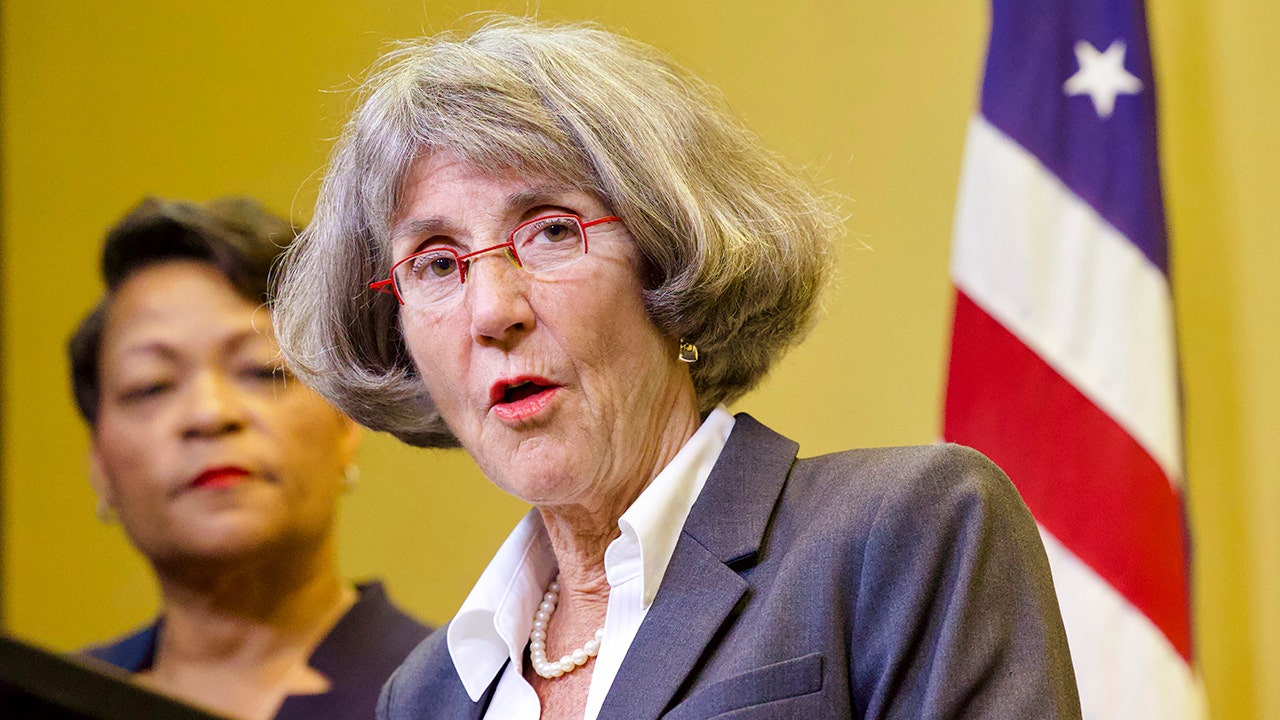A jawbone found in a child’s rock collection in Arizona more than two decades ago belonged to a Marine who died in California in 1951 and was buried in Missouri, the authorities said on Friday.
Everett Leland Yager, a U.S. Marine Corps captain, was 30 years old when his plane crashed during a military training exercise on July 31, 1951, the Yavapai County Sheriff’s Office in Arizona said in a statement.
Captain Yager’s remains were recovered in Riverside County, Calif., and he was buried in Palmyra, Mo.
More than 50 years later, a mother, who was not named by the authorities, found what she believed to be human remains in her son’s old rock collection, the sheriff’s office said. Her son had been an avid rock collector as a child and had inherited the collection from his grandfather.
The mother contacted the sheriff’s office in 2002, but the mystery of the unidentified person was not resolved until this year, after researchers at the Investigative Genetic Genealogy Center at Ramapo College in Mahwah, N.J., got involved.
Cairenn Binder, assistant director of the center, said that officials at the sheriff’s office had told researchers they were unsure when and where the child had collected the bone.
“That was all the information that we had going into it: that it was a jawbone with some teeth and they didn’t know who it belonged to,” she said on Sunday.
At that point, traditional DNA testing had been done on the bone but it had not yielded a match in government databases.
“That’s where we come in,” Ms. Binder said.
The remains were sent for more advanced DNA testing, which was conducted by Intermountain Forensics, a DNA testing laboratory in Salt Lake City. The laboratory did whole-genome sequencing and created a genetic profile that was added to GEDmatch Pro and FamilyTreeDNA, public genealogy databases.
Ms. Binder said the genetic profile became available in July 2023, just as the Ramapo College center was preparing for a weeklong boot camp, where six students and a high school intern worked together to try and solve cases. After two days, the group found a candidate for a match.
“We did not expect they would solve it so quickly,” she said.
The students had a video call with the sheriff’s office and the Yavapai County medical examiner to present their findings. The authorities were then able to request a DNA sample from Captain Yager’s daughter to determine whether it was a match. The result was confirmed in March 2024.
Ms. Binder said it was an honor to learn more about the captain.
“He really was a war hero,” she said. “He served in World War II and he was preparing for service in Korea when he perished.”
The sheriff’s office said that the Yager family was “very grateful to everyone for their efforts to bring final closure” to the case. Captain Yager’s relatives could not be reached on Sunday.
No one involved in the investigation knows how the jawbone ended up in Arizona. The researchers said that a scavenger animal, like a bird, may have picked it up and eventually left it in Arizona during its travels.
David Gurney, director of the Investigative Genetic Genealogy Center, said that a case like Captain Yager’s was likely to remain unsolved until about 2018, when public genealogy databases started being used to crack cold cases and DNA testing advanced.
“We’re looking at hundreds of thousands or millions of locations on the genome, rather than just a couple of dozen, like traditional DNA testing does,” Professor Gurney said.
The Ramapo College team used public records and information from the Utah lab to build a family tree and determine a possible match.
“Normally, a case like this would take longer,” Professor Gurney said. “But because we had that really intensive approach, with all of us together in a room for two days for eight hours each day, we were able to bounce ideas off one another and really focus in quickly, in a way that we wouldn’t have been able to do if any of us had been working alone on the case.”






